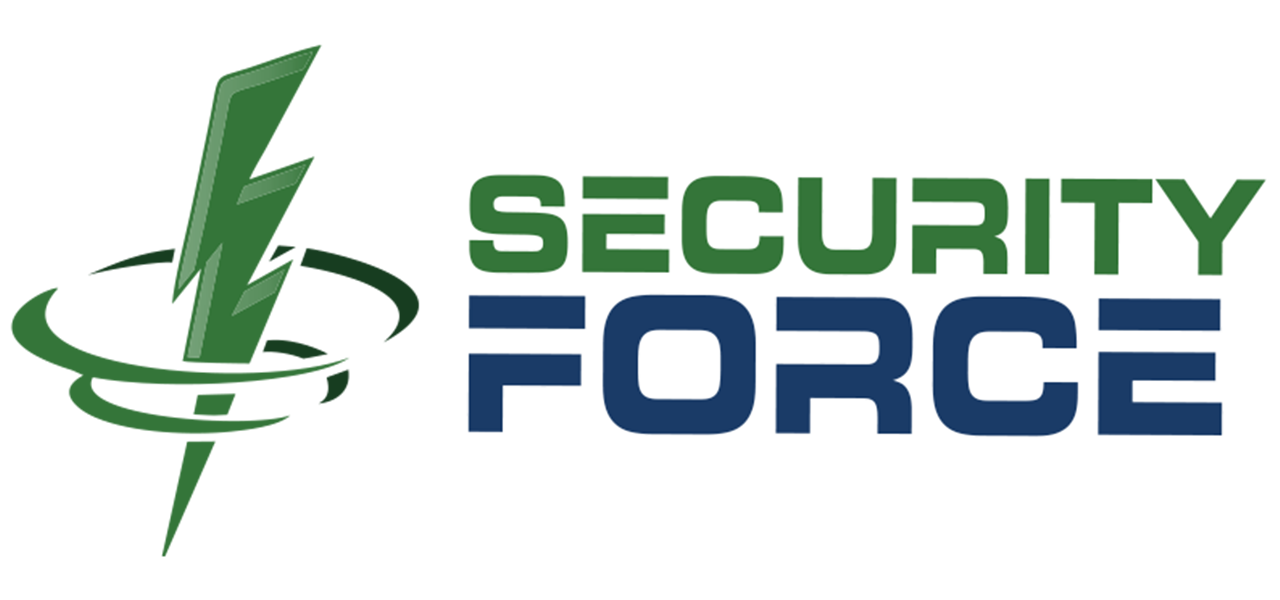When investing in security cameras, businesses expect control, reliability, and cost-effectiveness. However, some modern security providers operate under a subscription-based model that has earned criticism for turning customers into financial hostages. This approach, sometimes called “Hostage As A Service” (HAAS), forces users into a continuous monthly payment cycle—even after purchasing the cameras outright.
If the subscription lapses, the cameras stop working entirely, leaving businesses without a functional security system unless they keep paying. In this article, we’ll explore the hidden risks of this model and why organizations should think twice before committing to such systems.
1. Ownership Is an Illusion
Traditional security systems allow customers to buy and own their equipment outright. However, under the HAAS model, cameras are cloud-dependent, meaning they rely on a proprietary online service for basic functionality.
This means that even after purchasing the hardware, customers don’t actually own their security system—they are merely paying for the right to use it. If the subscription is not renewed, the cameras become useless, creating an ongoing financial obligation.
2. The Never-Ending Subscription Trap
Subscription-based security models eliminate flexibility for businesses. Unlike traditional systems that store footage on-site or through an independent network, these cloud-based platforms require ongoing payments for access to video recordings, live feeds, and even basic features.
Without an active subscription:
- Live monitoring may be disabled
- Stored footage may be deleted or inaccessible
- The entire system may shut down
Businesses that fail to keep up with rising subscription costs may find themselves locked out of their own security infrastructure, leading to a forced dependency on the provider.
3. Privacy and Security Risks
Cloud-based security systems centralize sensitive footage on external servers controlled by the vendor. This creates significant privacy concerns, as customers have limited control over how their data is stored and accessed.
There have been cases where cloud-based security providers suffered data breaches, exposing private video footage to hackers. When a security system relies on third-party servers, businesses are at the mercy of the provider’s cybersecurity policies and vulnerabilities—which may not always be as secure as expected.
4. Limited Integration and Vendor Lock-In
One of the biggest drawbacks of HAAS security models is the lack of interoperability. Unlike traditional cameras that can work with various video management systems (VMS) or network storage devices, many subscription-based cameras only function within the provider’s ecosystem.
This means businesses cannot:
- Use third-party storage solutions
- Integrate cameras with existing security systems
- Migrate their security infrastructure without replacing everything
By limiting compatibility, customers are forced into long-term dependency on a single vendor with no easy exit strategy.
5. Unexpected Costs and Customer Frustration
Subscription-based security providers often use aggressive sales tactics and lack transparency in pricing. Customers frequently report:
- Hidden fees and rising subscription costs over time
- Difficulties in canceling service
- Limited support options without premium plans
Because the cameras cannot function without the subscription, businesses are forced to continue paying indefinitely, even if they are dissatisfied with the service.
How to Avoid the HAAS Trap
For businesses looking to invest in security cameras without being locked into a never-ending subscription, here are some better alternatives:
- On-Premises NVR/DVR Systems – Many traditional camera brands allow users to store footage locally without mandatory cloud fees.
- Hybrid Cloud Solutions – Some providers offer cloud backup as an option, rather than a requirement.
- Open-Platform Cameras – Cameras that support ONVIF standards allow flexibility in choosing storage and software solutions.
Final Thoughts
Security should empower businesses—not trap them in an endless payment cycle. Before investing in any system, carefully evaluate long-term costs, ownership rights, and data privacy risks.
A truly reliable security solution should offer flexibility, transparency, and full control over your own equipment and data—without holding your cameras hostage.








